-
 Bitcoin
Bitcoin $83,291.0340
-0.96% -
 Ethereum
Ethereum $1,826.6379
-1.54% -
 Tether USDt
Tether USDt $0.9998
0.00% -
 XRP
XRP $2.0549
-1.26% -
 BNB
BNB $606.8753
1.28% -
 Solana
Solana $119.1310
-4.05% -
 USDC
USDC $1.0000
0.00% -
 Dogecoin
Dogecoin $0.1659
-1.56% -
 Cardano
Cardano $0.6500
-2.57% -
 TRON
TRON $0.2364
-0.34% -
 Toncoin
Toncoin $3.7730
-5.06% -
 UNUS SED LEO
UNUS SED LEO $9.4476
0.65% -
 Chainlink
Chainlink $13.0772
-2.81% -
 Stellar
Stellar $0.2627
-1.16% -
 Avalanche
Avalanche $18.6021
-1.63% -
 Sui
Sui $2.3506
0.90% -
 Shiba Inu
Shiba Inu $0.0...01230
1.04% -
 Hedera
Hedera $0.1637
0.05% -
 Litecoin
Litecoin $83.5759
2.10% -
 Polkadot
Polkadot $4.0229
-0.74% -
 MANTRA
MANTRA $6.3749
2.08% -
 Bitcoin Cash
Bitcoin Cash $303.6743
-0.24% -
 Bitget Token
Bitget Token $4.5449
-0.46% -
 Dai
Dai $1.0000
-0.01% -
 Ethena USDe
Ethena USDe $0.9997
-0.01% -
 Pi
Pi $0.6435
-7.05% -
 Hyperliquid
Hyperliquid $12.2904
-5.52% -
 Monero
Monero $214.8078
-0.76% -
 Uniswap
Uniswap $6.0066
-0.82% -
 Aptos
Aptos $5.2560
0.22%
What are blockchain nodes?
Blockchain nodes, fundamental to cryptocurrency networks, come in various types (full, lightweight, mining, masternodes, archive) each with specific functions and resource requirements. Running a node offers security and decentralization benefits but demands technical expertise and resources.
Mar 21, 2025 at 06:07 pm

Key Points:
- Understanding the fundamental role of nodes in securing and operating a blockchain network.
- Exploring different types of blockchain nodes and their respective functions.
- Examining the technical requirements and considerations for running a node.
- Delving into the benefits and drawbacks of operating a blockchain node.
- Addressing common misconceptions and concerns surrounding node operation.
What are Blockchain Nodes?
In the decentralized world of cryptocurrencies, blockchain nodes are the fundamental building blocks that maintain the integrity and security of the network. They are essentially computers that download, validate, and relay transactions across a blockchain network. Think of them as individual computers working together to form a distributed ledger system. Without these nodes, the blockchain wouldn't function.
Types of Blockchain Nodes:
There are several types of nodes, each with a unique role. Let's explore the most common:
- Full Nodes: These nodes download and maintain the entire blockchain history. They verify every transaction and block, ensuring the network's integrity. Running a full node requires significant storage space and processing power.
- Lightweight Nodes (SPV Nodes): These nodes download only the blockchain headers, not the entire transaction history. They are less resource-intensive than full nodes but offer less comprehensive verification. They are ideal for users with limited resources.
- Mining Nodes: These are specialized nodes that participate in the process of adding new blocks to the blockchain (mining). They solve complex cryptographic puzzles to validate transactions and receive rewards in cryptocurrency. Mining nodes require significant computing power.
- Masternodes: These are nodes that provide additional services to the network, such as governance or transaction processing, in exchange for rewards. They typically require a significant stake of the cryptocurrency.
- Archive Nodes: These nodes store the complete history of the blockchain, including all historical data. They are crucial for researchers and auditors needing access to complete historical records.
Technical Requirements for Running a Node:
The technical requirements for running a node vary depending on the type of node and the specific blockchain network. Generally, running a full node requires:
- Sufficient Storage Space: The size of the blockchain can vary significantly, ranging from gigabytes to terabytes.
- Powerful Hardware: A fast processor, ample RAM, and a reliable internet connection are essential for efficient operation.
- Technical Expertise: While some user-friendly interfaces exist, a basic understanding of blockchain technology and networking is beneficial.
Running a lightweight node requires less demanding hardware specifications.
Benefits of Running a Blockchain Node:
Running a node contributes to the decentralization and security of the blockchain network. Benefits include:
- Supporting Decentralization: By running a node, you contribute to a more distributed and resilient network, reducing the risk of single points of failure.
- Enhanced Security: You help verify transactions and prevent fraudulent activities, strengthening the overall security of the blockchain.
- Access to Complete Data: Full nodes provide access to the entire blockchain history, allowing for comprehensive data analysis.
- Potential Rewards: Some nodes, such as masternodes and mining nodes, offer the potential to earn rewards in cryptocurrency.
Drawbacks of Running a Blockchain Node:
Despite the benefits, running a node also presents certain drawbacks:
- Resource Intensive: Full nodes require significant storage space, processing power, and bandwidth.
- Technical Complexity: Setting up and maintaining a node can be technically challenging for non-technical users.
- Potential for Downtime: Network issues or hardware failures can lead to downtime, disrupting the node's operation.
- Security Risks: Nodes can be vulnerable to security breaches if not properly secured.
Common Questions and Answers:
Q: Is it necessary to run a node to use cryptocurrency?
A: No, you don't need to run a node to use cryptocurrency. Most users interact with the blockchain through exchanges or wallets that handle the technical aspects of transaction processing.
Q: How much does it cost to run a node?
A: The cost depends on the type of node and the hardware requirements. Running a full node can involve significant hardware and electricity costs, while lightweight nodes are much less expensive.
Q: What are the security risks associated with running a node?
A: Security risks include malware infections, denial-of-service attacks, and vulnerabilities in the node's software. It's crucial to use secure hardware and software, and to regularly update the node's software.
Q: Can anyone run a node?
A: Technically, yes, anyone with the necessary hardware and software can run a node. However, running a full node requires a good understanding of blockchain technology and significant technical expertise.
Q: What are the different consensus mechanisms used by blockchain networks and how do they impact node operation?
A: Different blockchains use different consensus mechanisms (e.g., Proof-of-Work, Proof-of-Stake, Delegated Proof-of-Stake). These mechanisms determine how nodes validate transactions and add new blocks to the chain, impacting the resources and participation required from nodes. Proof-of-Work, for example, requires significantly more computational power from nodes than Proof-of-Stake.
Q: How do I choose which type of node to run?
A: The choice of node type depends on your technical expertise, available resources, and goals. If you have limited resources or technical skills, a lightweight node might be suitable. If you want to contribute to the network's security and have the resources, a full node is a better option. If you're interested in earning rewards, you might consider a masternode or mining node, depending on the blockchain's specific requirements.
Disclaimer:info@kdj.com
The information provided is not trading advice. kdj.com does not assume any responsibility for any investments made based on the information provided in this article. Cryptocurrencies are highly volatile and it is highly recommended that you invest with caution after thorough research!
If you believe that the content used on this website infringes your copyright, please contact us immediately (info@kdj.com) and we will delete it promptly.
- Bitcoin (BTC) price falls four per cent after Donald Trump imposes tariffs on trading partners worldwide
- 2025-04-03 14:25:13
- Ethereum Price Fails to Maintain Gains
- 2025-04-03 14:25:13
- Justin Sun, Founder of Tron, Steps in to Rescue TrueUSD (TUSD) from a $456M Reserve Crisis
- 2025-04-03 14:20:12
- Meme Coins Are Exploding, Here's Why They're So Appealing
- 2025-04-03 14:20:12
- Qubetics ($TICS): The Best 100x Crypto for Real Utility and ROI
- 2025-04-03 14:15:12
- Ethereum Faces Tough Market Conditions
- 2025-04-03 14:15:12
Related knowledge
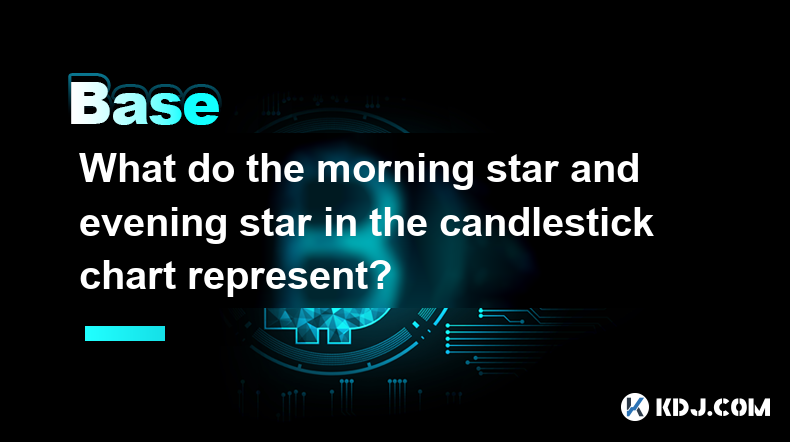
What do the morning and dusk stars in the candlestick chart represent?
Apr 03,2025 at 03:11pm
In cryptocurrency trading, the K-line chart is an important tool for analyzing market trends and price movements. Among them, 'Morning Star' and 'Evening Star' are two important reversal patterns, which represent the key signals of the market's shift from a bear market to a bull market and from a bull market to a bear market, respect...
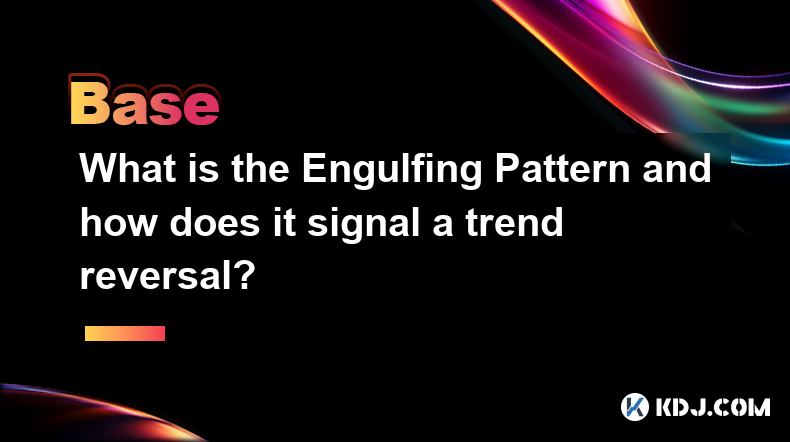
What is the swallowing form? How does it predict a trend reversal?
Apr 03,2025 at 03:07pm
In cryptocurrency trading, technical analysis is one of the important tools traders use to predict market trends and make trading decisions. Among them, the Engulfing Pattern is a common K-line pattern. When it appears on the chart, it is usually considered a signal of a trend reversal. This article will explore in detail what the engulfing pattern is a...
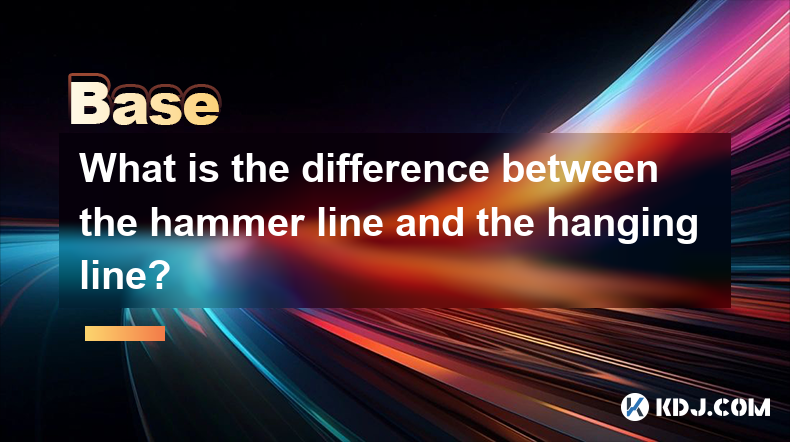
What is the difference between the hammer line and the hanging line?
Apr 03,2025 at 03:03pm
The hammer line and the 'hanging line' pattern are common K-line patterns in technical analysis. They are very similar in appearance, but there are significant differences in the market environment and the predicted market trend. This article will explore the differences between these two forms in detail and help readers better understand and use them f...
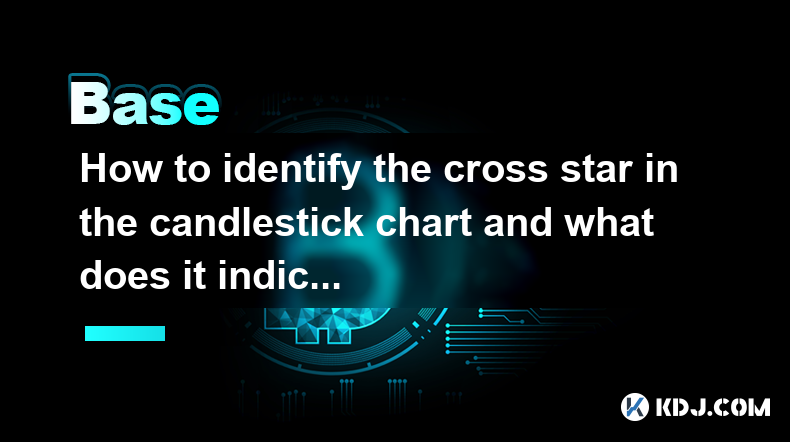
How to identify the cross star in the candle chart and what does it mean?
Apr 03,2025 at 02:57pm
In cryptocurrency trading, the K-line chart is one of the important tools to analyze market trends and price movements. Among them, 'Cross Star' is a common K-line pattern, which is of great significance in analyzing market sentiment and predicting price trends. This article will introduce in detail how to identify the 'cross star' in th...
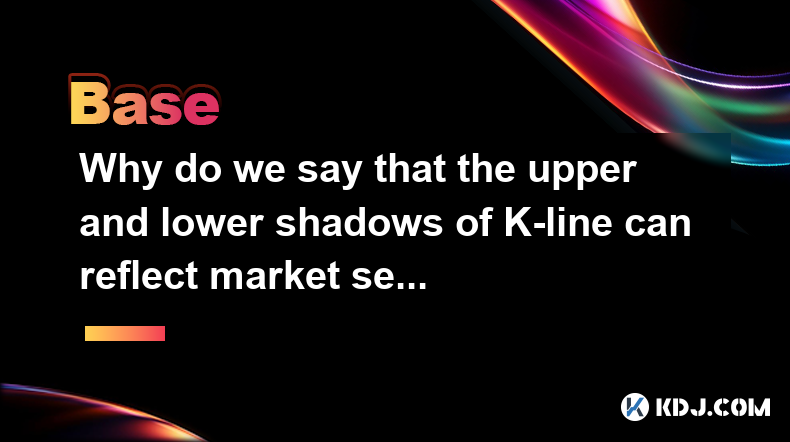
Why do the upper and lower shadows of the K-line reflect market sentiment?
Apr 03,2025 at 02:53pm
The K-line chart is one of the most commonly used tools in technical analysis, and the upper and lower shadows can intuitively reflect the market's long and short emotions and the psychological state of traders. By carefully observing and analyzing the upper and lower shadows of the K-line, investors can better understand market dynamics and make sm...

What are positive and negative lines? What is the difference between them?
Apr 03,2025 at 02:47pm
In the cryptocurrency market, the K-line chart is a commonly used technical analysis tool to show price changes. Each 'candle' in the K-line chart represents the price trend over a period of time, among which 'yang line' and 'yin line' are two key concepts. Understanding them is essential to analyzing market trends and making trading decisions. What is ...

What do the morning and dusk stars in the candlestick chart represent?
Apr 03,2025 at 03:11pm
In cryptocurrency trading, the K-line chart is an important tool for analyzing market trends and price movements. Among them, 'Morning Star' and 'Evening Star' are two important reversal patterns, which represent the key signals of the market's shift from a bear market to a bull market and from a bull market to a bear market, respect...

What is the swallowing form? How does it predict a trend reversal?
Apr 03,2025 at 03:07pm
In cryptocurrency trading, technical analysis is one of the important tools traders use to predict market trends and make trading decisions. Among them, the Engulfing Pattern is a common K-line pattern. When it appears on the chart, it is usually considered a signal of a trend reversal. This article will explore in detail what the engulfing pattern is a...

What is the difference between the hammer line and the hanging line?
Apr 03,2025 at 03:03pm
The hammer line and the 'hanging line' pattern are common K-line patterns in technical analysis. They are very similar in appearance, but there are significant differences in the market environment and the predicted market trend. This article will explore the differences between these two forms in detail and help readers better understand and use them f...

How to identify the cross star in the candle chart and what does it mean?
Apr 03,2025 at 02:57pm
In cryptocurrency trading, the K-line chart is one of the important tools to analyze market trends and price movements. Among them, 'Cross Star' is a common K-line pattern, which is of great significance in analyzing market sentiment and predicting price trends. This article will introduce in detail how to identify the 'cross star' in th...

Why do the upper and lower shadows of the K-line reflect market sentiment?
Apr 03,2025 at 02:53pm
The K-line chart is one of the most commonly used tools in technical analysis, and the upper and lower shadows can intuitively reflect the market's long and short emotions and the psychological state of traders. By carefully observing and analyzing the upper and lower shadows of the K-line, investors can better understand market dynamics and make sm...

What are positive and negative lines? What is the difference between them?
Apr 03,2025 at 02:47pm
In the cryptocurrency market, the K-line chart is a commonly used technical analysis tool to show price changes. Each 'candle' in the K-line chart represents the price trend over a period of time, among which 'yang line' and 'yin line' are two key concepts. Understanding them is essential to analyzing market trends and making trading decisions. What is ...
See all articles























































































